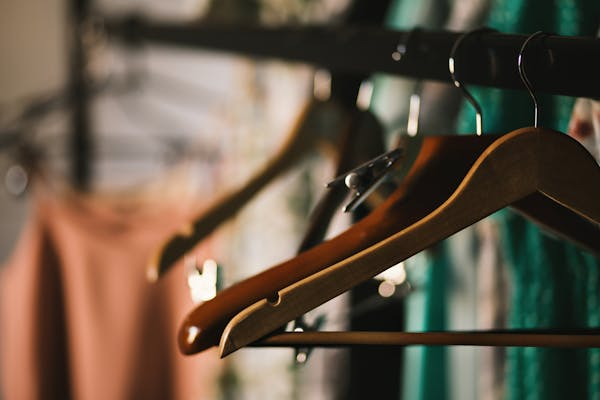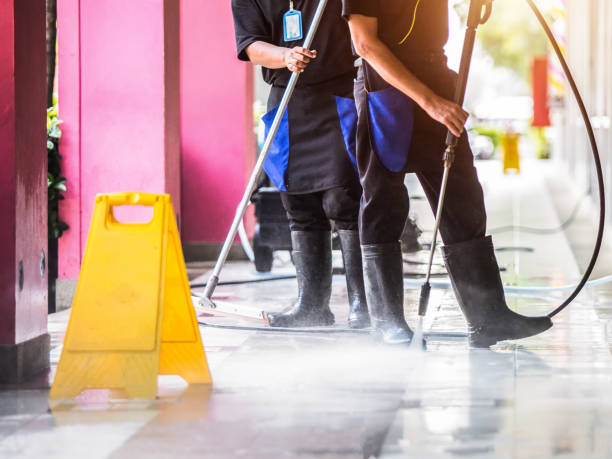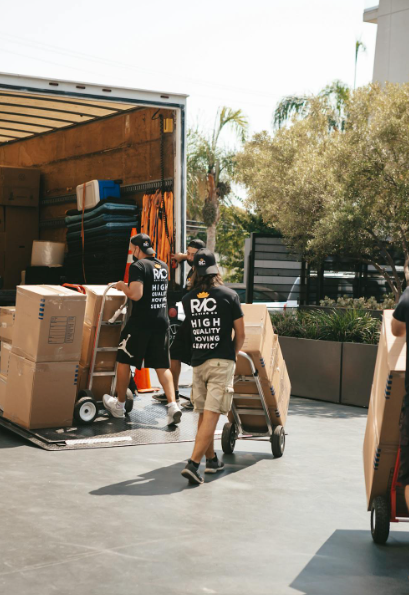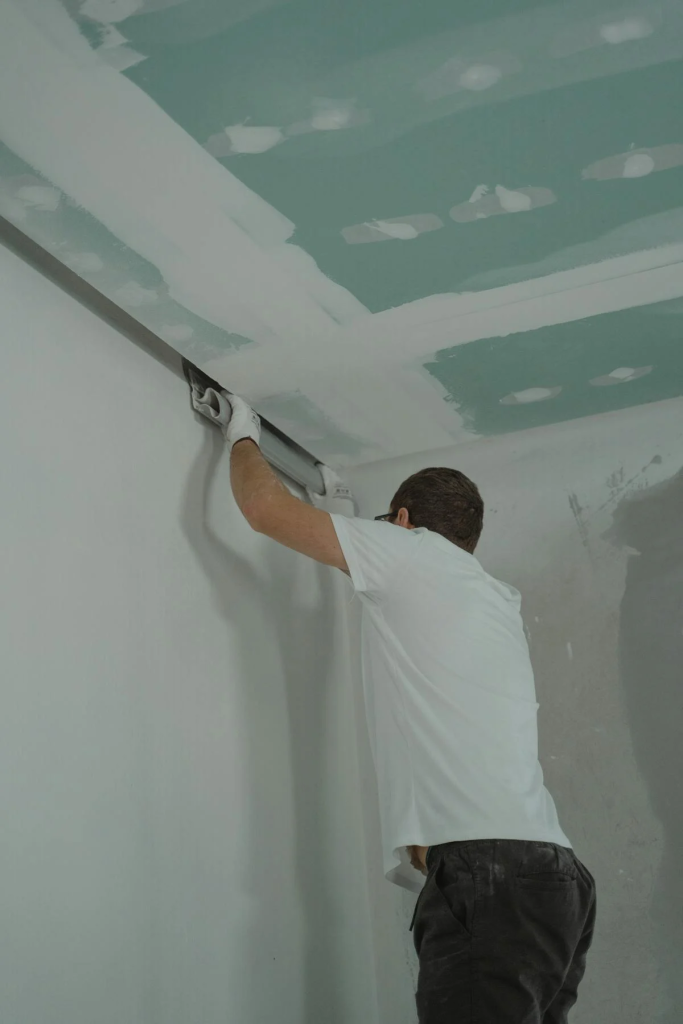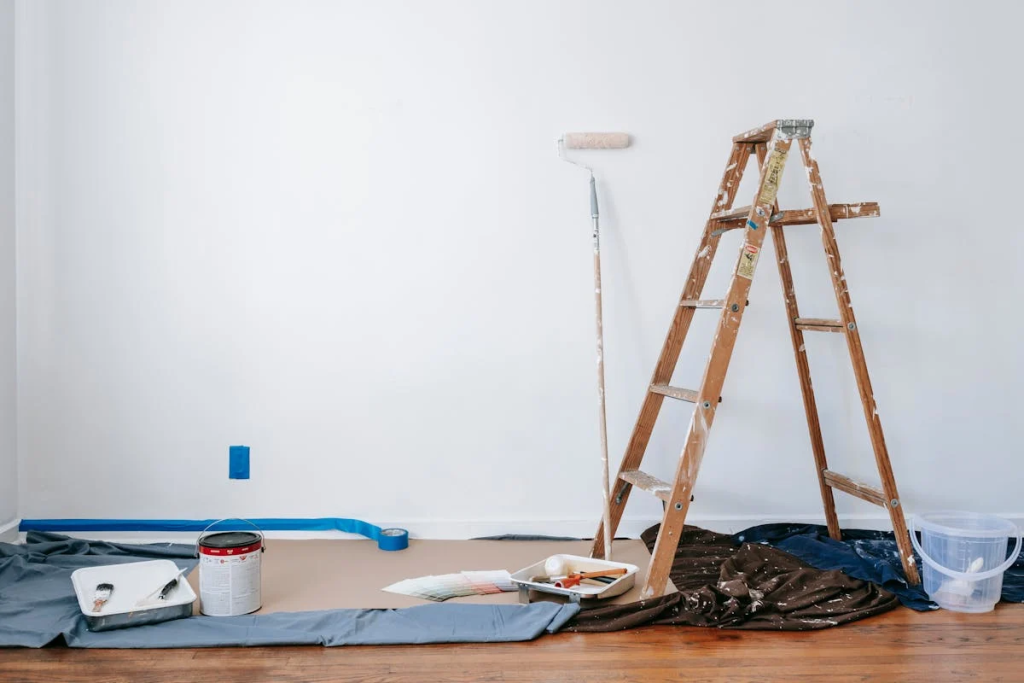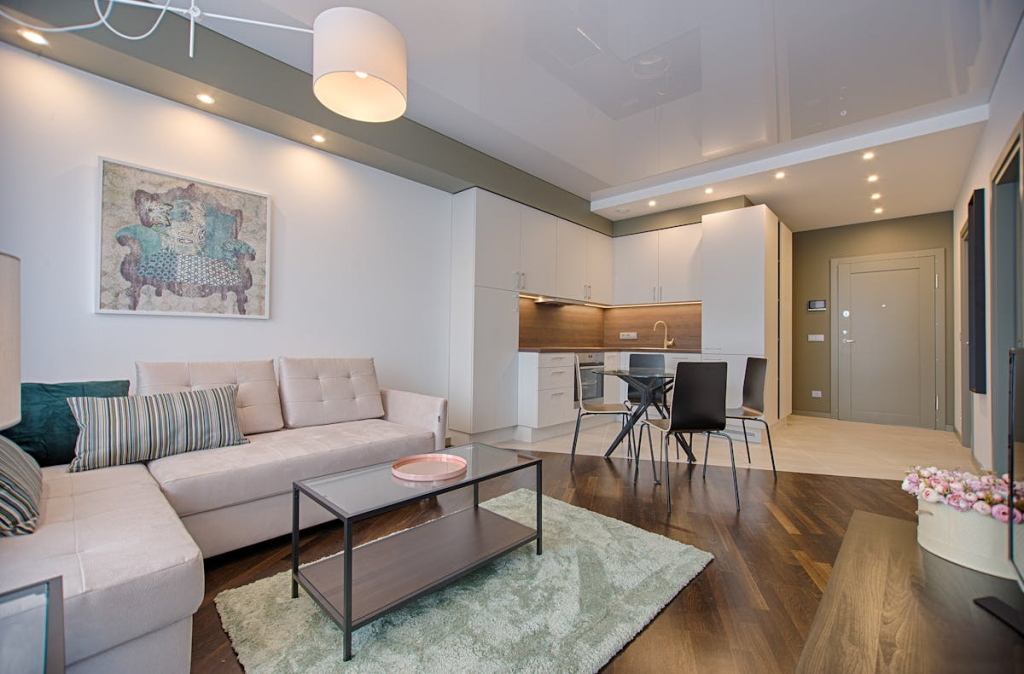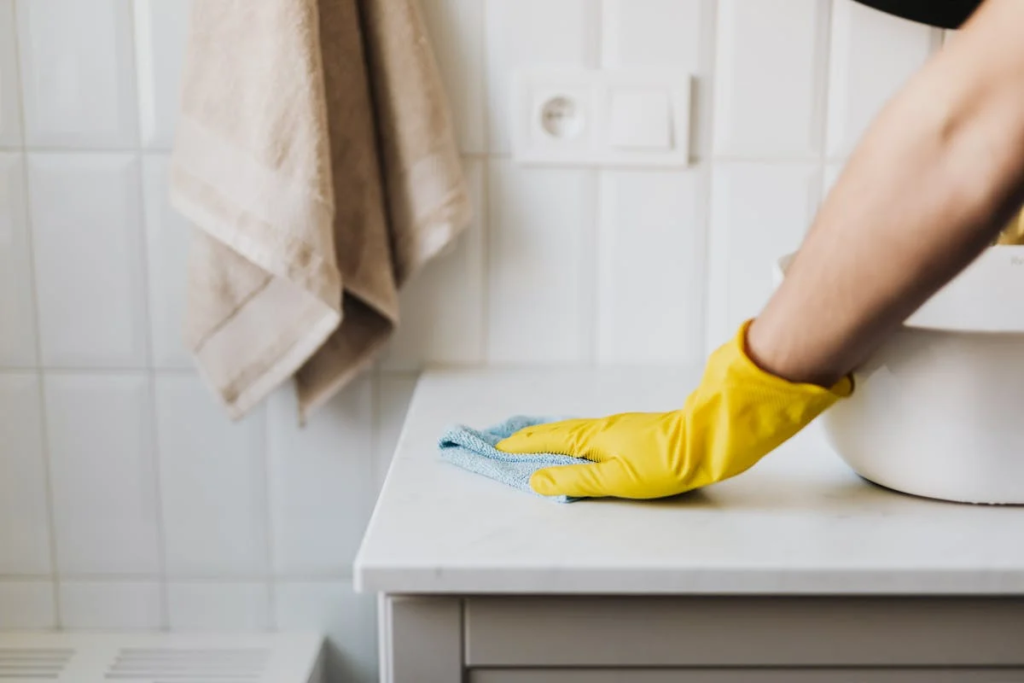How to Store Comic Books and Other Paper Collectibles: Moisture Bad
We understand just how much your comic book collection means to you—and rightly so! These are your paper treasures. Each one is practically a piece of history and a reflection of your passions. That’s why it’s so essential to store them properly and maintain their value for years to come.
Don’t know where to start? We’ve got you covered!
This guide to storing comic books and other paper collectibles is packed with all the tips you need to protect them from the ravages of time. Let’s dive straight in.
7 Proven Tips for Storing Comic Books and Other Paper Collectibles
Whether you resell comic books or collect them for your own pleasure, it’s important to take good care of them. You don’t want to risk expensive or irreparable damage to them, such as broken spines, torn or bent pages, and the worst of all – damage from dampness or water.
Comic book storage is all about careful attention, and with the following best practices, you’ll ensure your collection stays in top-notch condition.

Prepare Your Comic Book Collection
First the basics: prep work! Before you even think about tucking your comics away, make sure to handle them with clean, dry hands. You don’t want any oils or dirt sneaking onto those pages.
If you have any toys, stickers, or other inserts hanging out with your comics, now it’s time to gently remove them. They may seem harmless, but over time, they can cause damage, and nobody wants that.
For added support, consider slipping in some acid-free backing boards. These will keep your comics nice and sturdy, preventing any unfortunate bends or creases.
Finally, take a little time to organize. Whether it’s by title, issue number, or genre, having a system makes comic book storage (and finding your favorites later) so much easier.
Choose the Right Comic Book Storage Solution
Now it’s time to think about where your comic books will live. Sure, you could stash them in your attic or basement, but are those really the ideal conditions for your precious collection? Probably not.
Instead, consider investing in a dedicated space, like a storage unit, designed to keep items safe and sound. The right storage company can make all the difference when it comes to protecting your collection.
Look for a facility that offers waterproof features to protect against any potential water damage. For added peace of mind, choose a company with strong security measures in place. Lastly, find a unit that offers convenient access so you can easily enjoy your paper collectibles whenever you’d like, without any hassle.
Use the Right Materials
Protecting your comic books is also about picking the right materials.
Start with acid-free, lignin-free materials such as archival-quality boxes and bags. These are your best allies in preventing page yellowing and deterioration.
Not all boxes are created equal so make sure you choose the ones that are specifically designed for comic book storage. Look for sturdy covers and handy features like die-cut handles that make moving them around a breeze.
If you like being able to admire your collection without digging through boxes and paper, consider using clear storage bags or boxes. They make it easy to see what’s inside while keeping everything protected.
Also, remember that your comic book storage solution should shield them from dust, direct sunlight, and other environmental factors that could cause damage over time. That’s why this step is so important.
Handle Your Comic Books Properly
Taking care of your comics is just as important as storing them correctly. Always handle your comic books with care, making sure to avoid flexing or creasing the pages. The goal is to preserve the integrity of each issue.
When you handle them, try to avoid touching the comic book’s surface as much as possible. Instead, focus on holding the edges or corners to prevent oils or dirt from getting onto the pages.
For fragile or particularly valuable comics, consider wearing gloves or using a soft cloth when handling them. This will prevent any accidental damage.
Air Out Your Collection
Properly storing your comics also means taking steps to prevent mold and mildew.
The best way to do this is by airing out any damp or musty books before placing them in storage. Be sure to check the covers closely and allow for good airflow to help dry out any areas with moisture.
If you find that a book shows signs of mold, it’s crucial not to store it with the rest of the collection. Mold can spread quickly and potentially damage other papers.
Organize Your Comic Book Collection
Another best practice for storing comic books and paper collectibles is organization. There are a few ways to do this.
Consider using display cases or shelves to showcase your favorite comic books. This way you can admire them while keeping them protected. You can also keep your comic book collection organized and tidy by creating a system like we mentioned above, whether by title or genre.
We also suggest regularly inspecting your comic book collection for signs of damage or deterioration. Catching issues early can be a lifesaver for paper collectibles.

Pro Tips for Storing Comic Book Collections
To take your comic book storage to the next level, here are some expert tips to ensure your collection remains in top condition:
- Store Upright: Keep your comics upright in boxes, just like you would store books on a shelf. This helps prevent bending and warping;
- Consider Mylar Bags: You can store valuable or fragile comics in Mylar bags. They offer superior protection and help keep your comics looking as good as new;
- Avoid Direct Light: Exposure to sunlight can cause comics to fade. Store them in a dark, cool space to avoid any color degradation;
- Choose the Right Box: Make sure the box you choose is strong enough to handle the weight of your collection. A flimsy box can split under pressure and ruin your collection;
- Pick the Right Size: The box should be just the right size. If it’s too large, fill the extra space with acid-free tissue to prevent unwanted movement. But don’t pack the comics too tightly and leave space for easy removal and replacement.
These tips are the final piece of the puzzle, ensuring your comic book storage is done like a pro. You’ll rest easy knowing your collection is safely tucked away.
Comic Book Storage at My Storage Box
Storing your comic books doesn’t have to be complicated or time-consuming. It’s all about being a little thoughtful and giving your collection the care it deserves—and trust us, it’s worth it. After all, your comics are special, and protecting them is an investment in their long-term value.
And remember, you don’t have to store them at home. We can store them for you!
At My Storage Box, we provide secure, waterproof storage units that offer 24/7 access, gated entry, and video surveillance. Plus, our clean, well-maintained environment ensures your collectibles stay in pristine condition.
Have questions or want to learn more? Give us a call at (580) 300-3006—we’re here to help!

